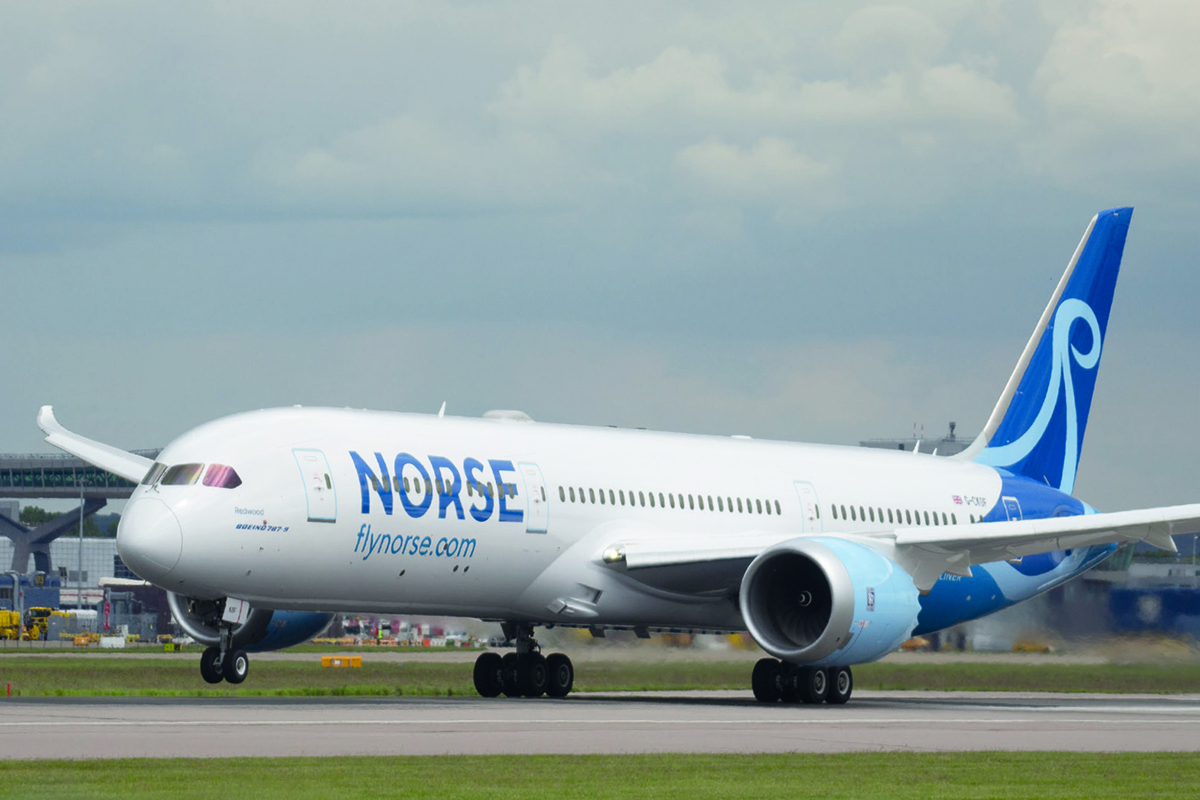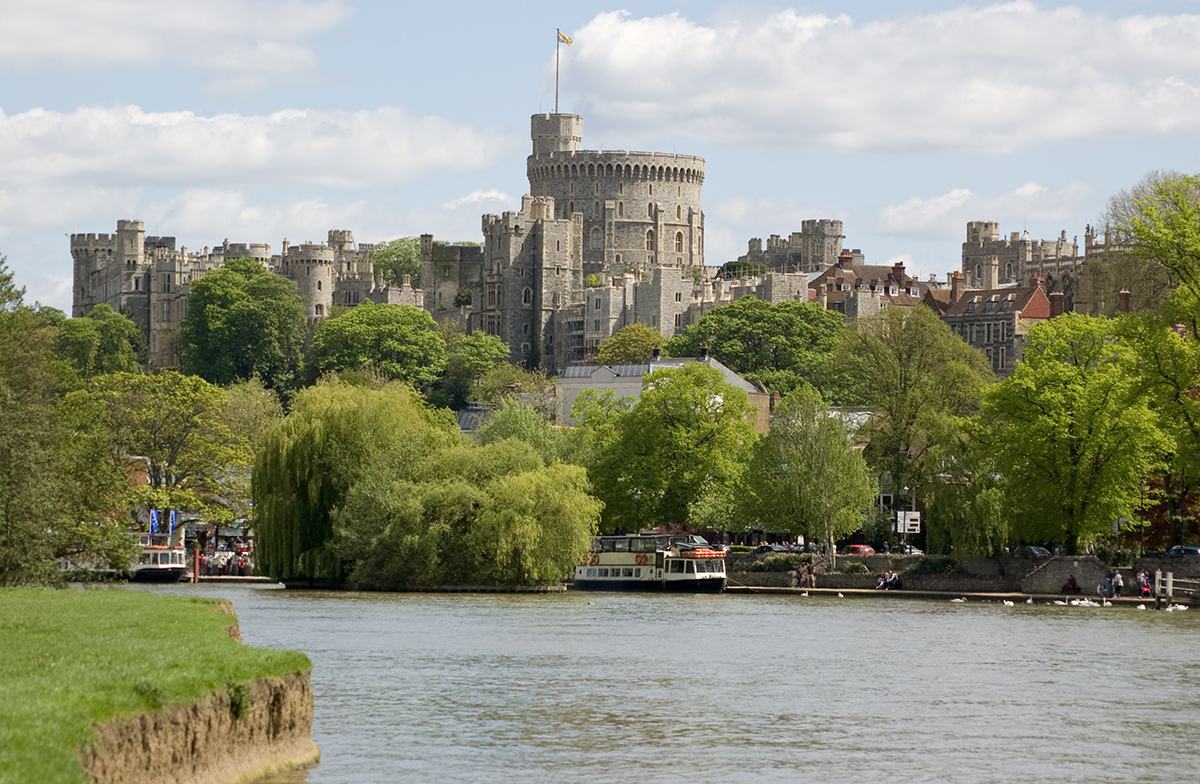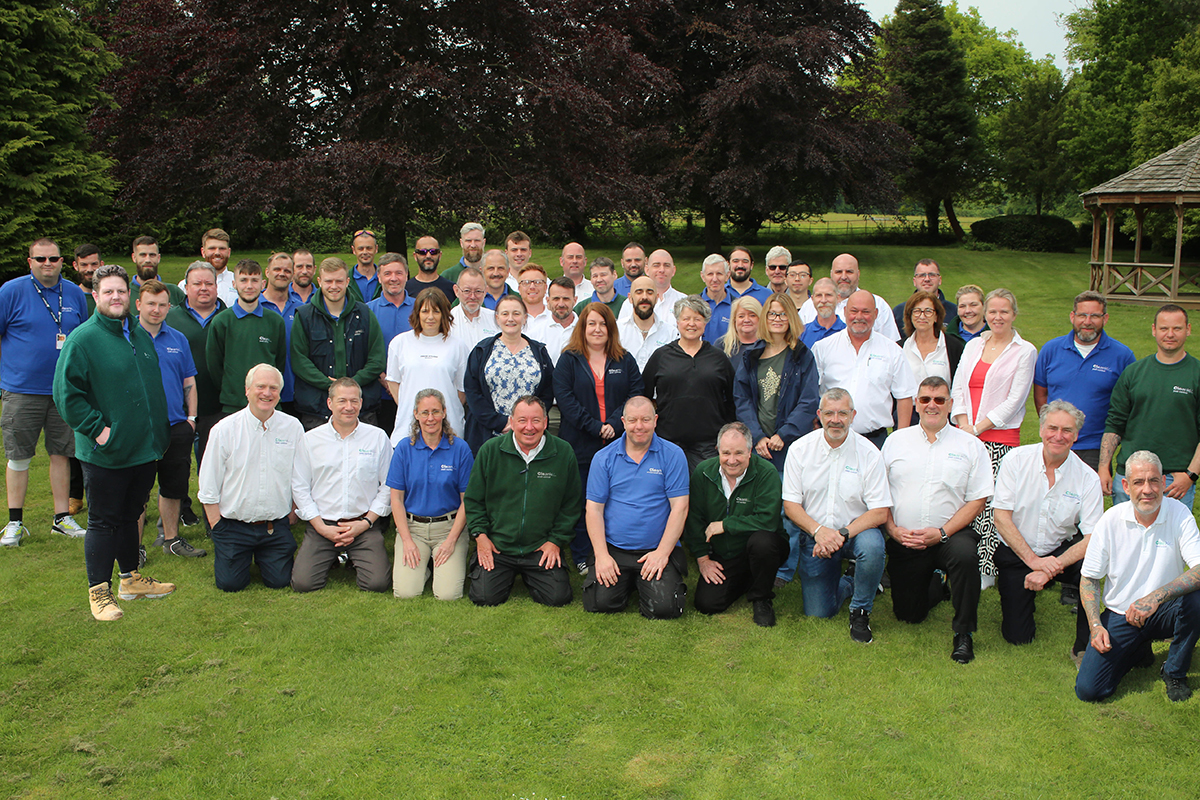
Readers of Platinum magazine may have spotted a trend among the updates from Gatwick. New airlines and routes have been in abundance in recent months, with more on the horizon. But what actually goes on behind the scenes when it comes to attracting and securing the likes of Air India, Lufthansa and Saudia?
Celebrating a new airline or route is the start – or continuation - of a vital connection. Gatwick’s Head of Aviation Development, Stephanie Wear, and her team are at the heart of this work, which involves a vast array of skills from meticulous planning, tailored sales pitches and relentless relationship-building. And competition is rife. It’s the game every airport wants to win.
Rules of engagement
Stephanie Wear joined Gatwick as global travel awoke from Covid, and got straight to business. As Head of Aviation Development, she builds the airport’s route network and supports the growth of Gatwick’s airlines.
Jet lag is an occupational hazard for Stephanie and her colleague David Bell. Together they’ve made countless trips around the globe to court both existing and potential airlines.
Stephanie describes an airline signing up as “so gratifying”. Building rapport with airlines – especially high-value carriers – can take years. “Once you’ve convinced them to meet, you sell your pitch. From there you just keep reminding them that we’re here.”
But that’s exactly what other big airports are doing, too. In a world where airports outnumber airlines, Gatwick’s offer must stand out from the crowd.
Play to your strengths
When speaking with airlines, Stephanie and her team can’t work in silo. They must first consult Gatwick’s Sales & Ops Planning team to see what’s possible. “We can’t be an airport full of A380s,” Stephanie explains. “Once the airline is here, Operations will manage the impacts on the terminals, baggage, security and airfield. Their continued input and support is critical.”
Her team feeds this intel into a business case. It’s vital Gatwick knows its passengers – and how its products and services can meet their needs.
“Every airline is out to make money,” she explains, “so we give them confidence they can do that with us. Every conversation is tailored around the specific needs of each airline.”
Low-cost carriers value efficient processes, but luxury carriers want slick service and premium lounges. In either case, Stephanie warns, “You never use the same pitch twice.”
Gatwick’s new vision - to be the airport for everyone, whatever your journey - helps to make Stephanie’s case. Her team helps airlines to understand Gatwick has what they want.
“We’re serving holidaymakers, business travellers, families and special assistance passengers.” Stephanie says, “We can meet the needs of every airline. That creates a challenge and an opening for us. We need to be the right thing for the right airline – rather than all things to all airlines.”
The long game
Strong relationships need the right people present at the right time. Forming a connection takes 12 to 18 months – and continues once airlines start operating.
David Bell, Gatwick’s Senior Airline Business Development Manager, admits after putting in all this work, rejection is never easy. “Never accept ‘no’ as an answer. We find another way to attract that airline.”
The effort pays off. This tenacious team spent 11 years courting one carrier who finally signed this year.
Understanding the cultural expectations for each airline is another factor. Stephanie’s recent trip to see three airlines in three Chinese cities took several months to plan. “Presentation is everything. We research how to dress, whether we need translators or specialist business cards, and study cultural norms. Even handing over your business card incorrectly can leave a bad impression. We also consider logistics, as getting around isn’t always like in the UK. Google Maps doesn’t work in China, so you have to plan every detail of your journey.”
China: playing for keeps
Chinese airlines with big planes filled with high-spending passengers are a spectacular prize. It’s a sensible use of a valuable runway slot and improves Gatwick’s credibility on the world stage.
But closed borders during a global pandemic weren’t enough to stop Stephanie and her team.
“We spoke with our industry contacts even before the first rumours emerged of China reopening. We wanted to keep Gatwick in their mind. We also asked the regulator, the Civil Aviation Authority (CAA), what we’d need to secure license agreements and slot arrangements.
“Then we planned where we fit along those timelines. We managed to be the first UK airport to return to China and speak with them.”
Their efforts paid off, as one airline signed up on their latest tour. China Eastern will fly to Shanghai from July.
Home run?
“I love working here,” Stephanie says, “because very few airports of this size have our potential. We appeal to a wide variety of airlines from all regions of the world. Plus, we can grow in the next few years as we add more capacity. We have genuine opportunities to make things work for airlines.”
With 46 airlines currently operating at Gatwick and an appetite for more – there’s everything to play for.
www.gatwickairport.com





